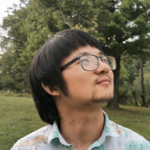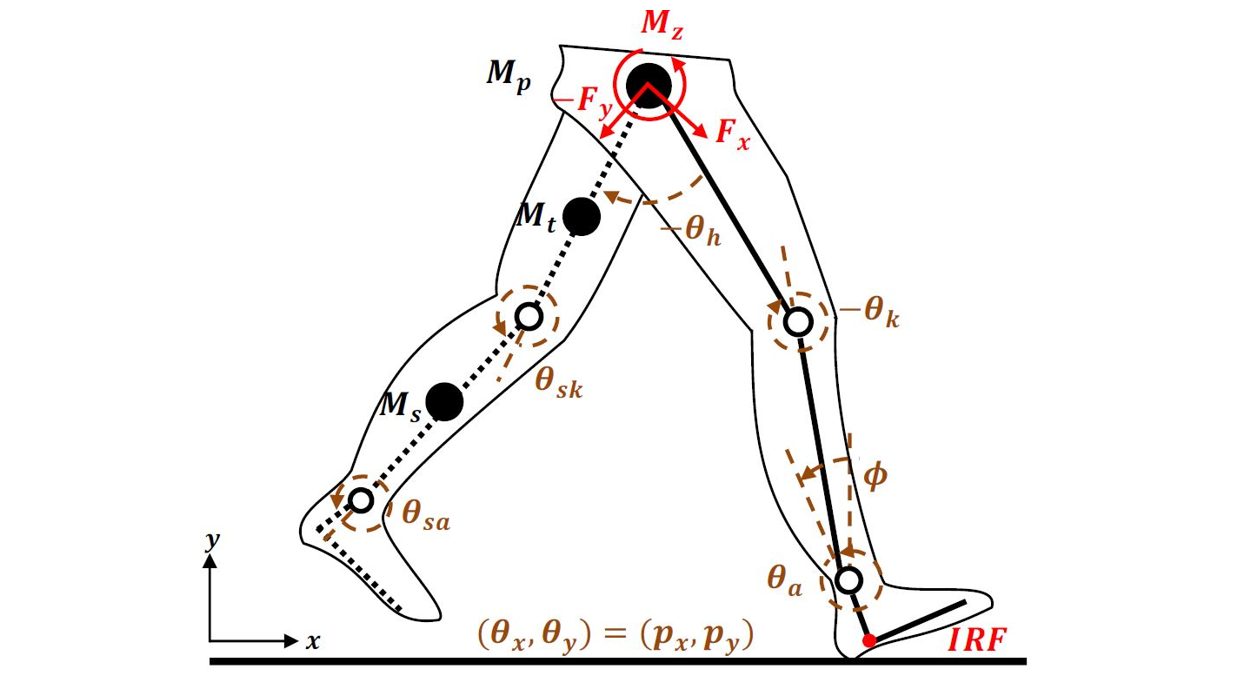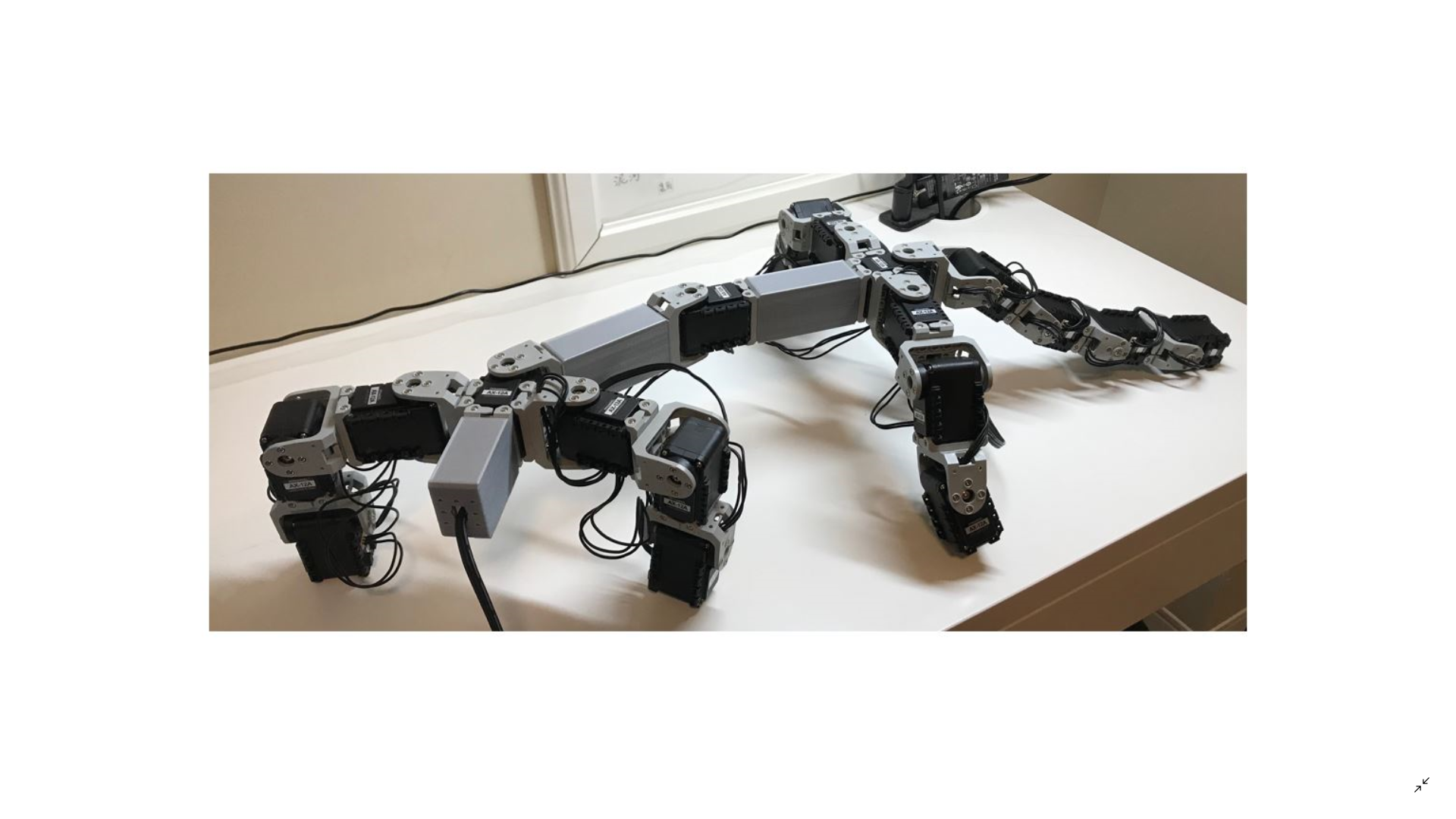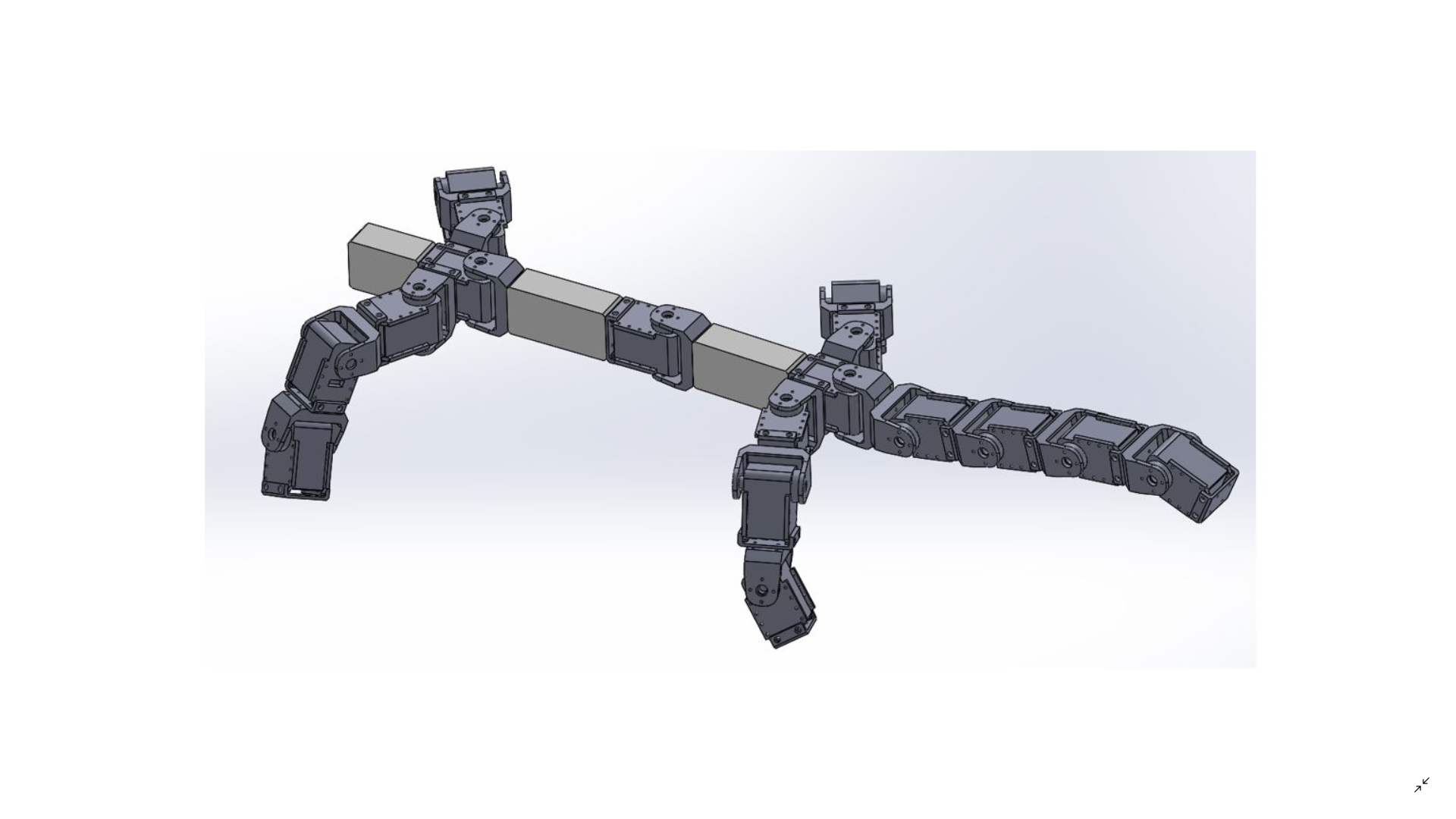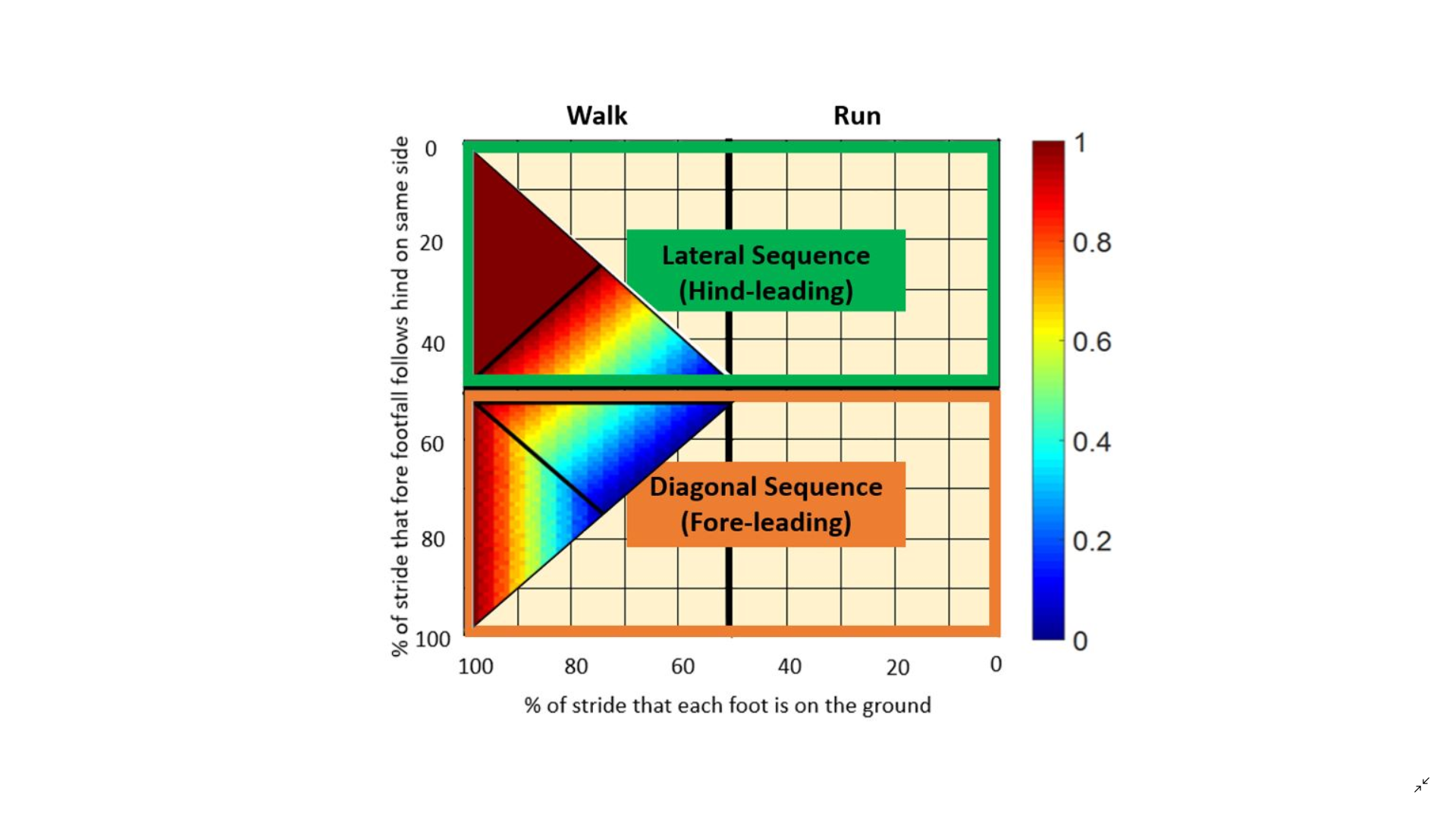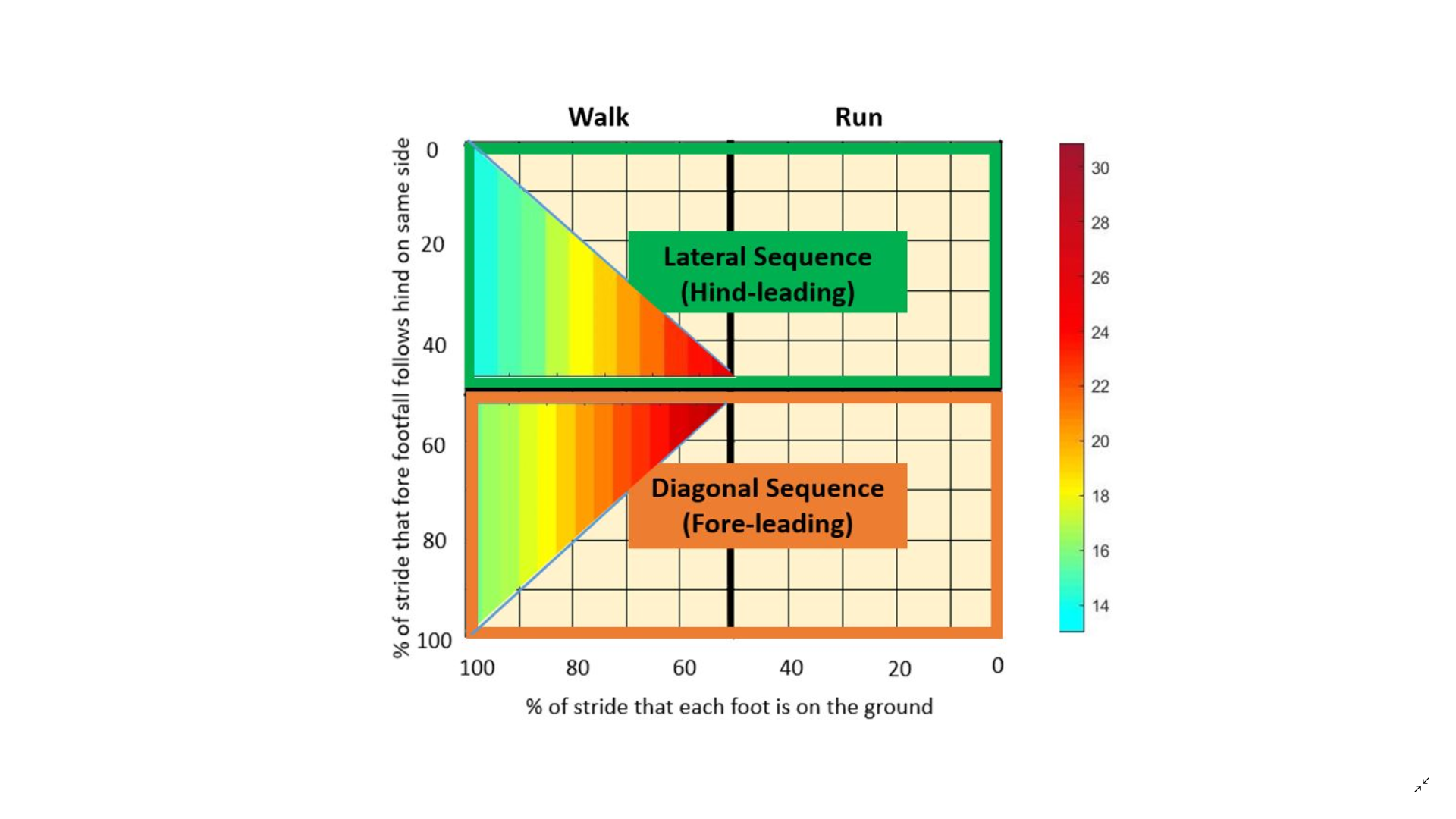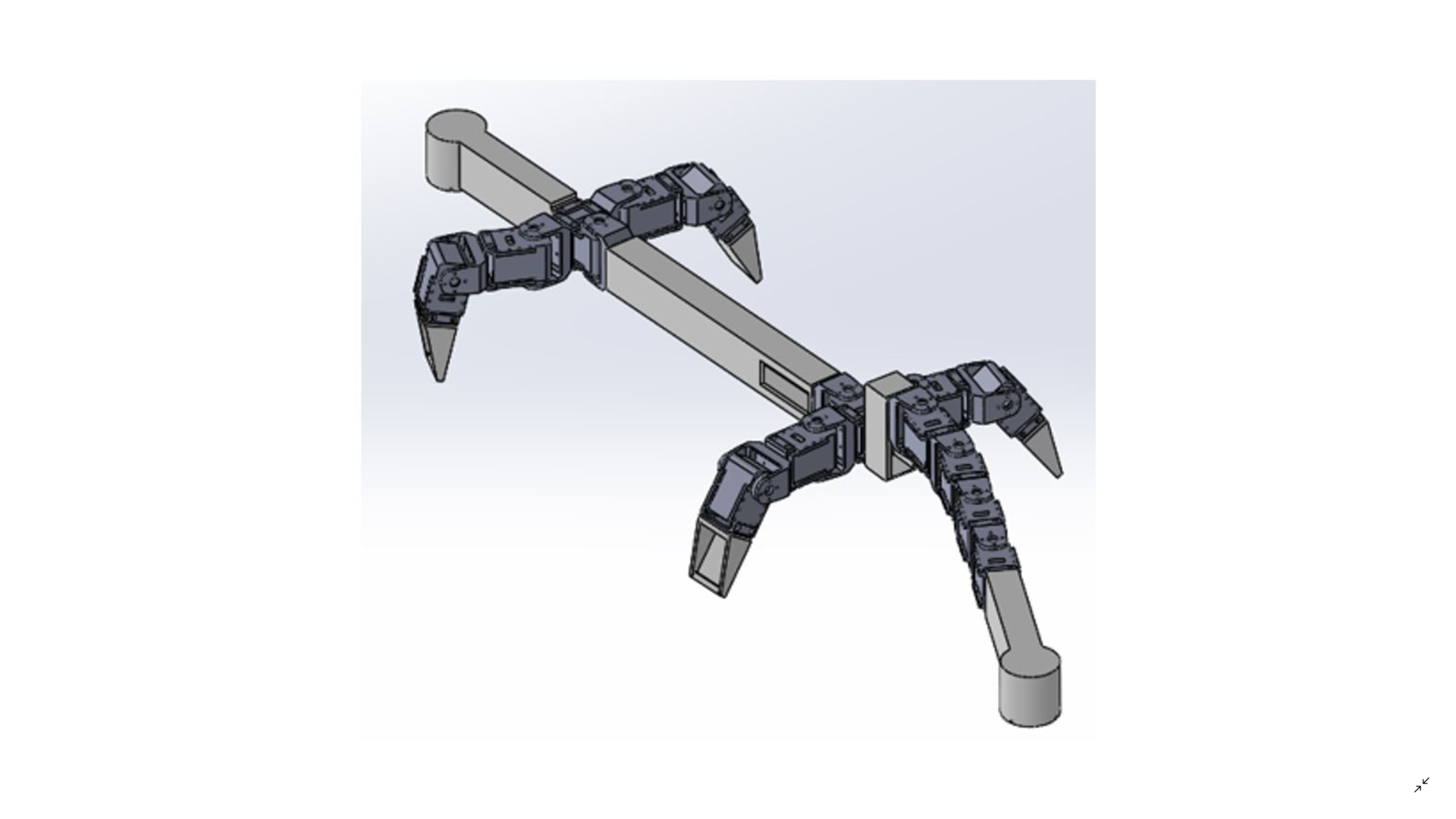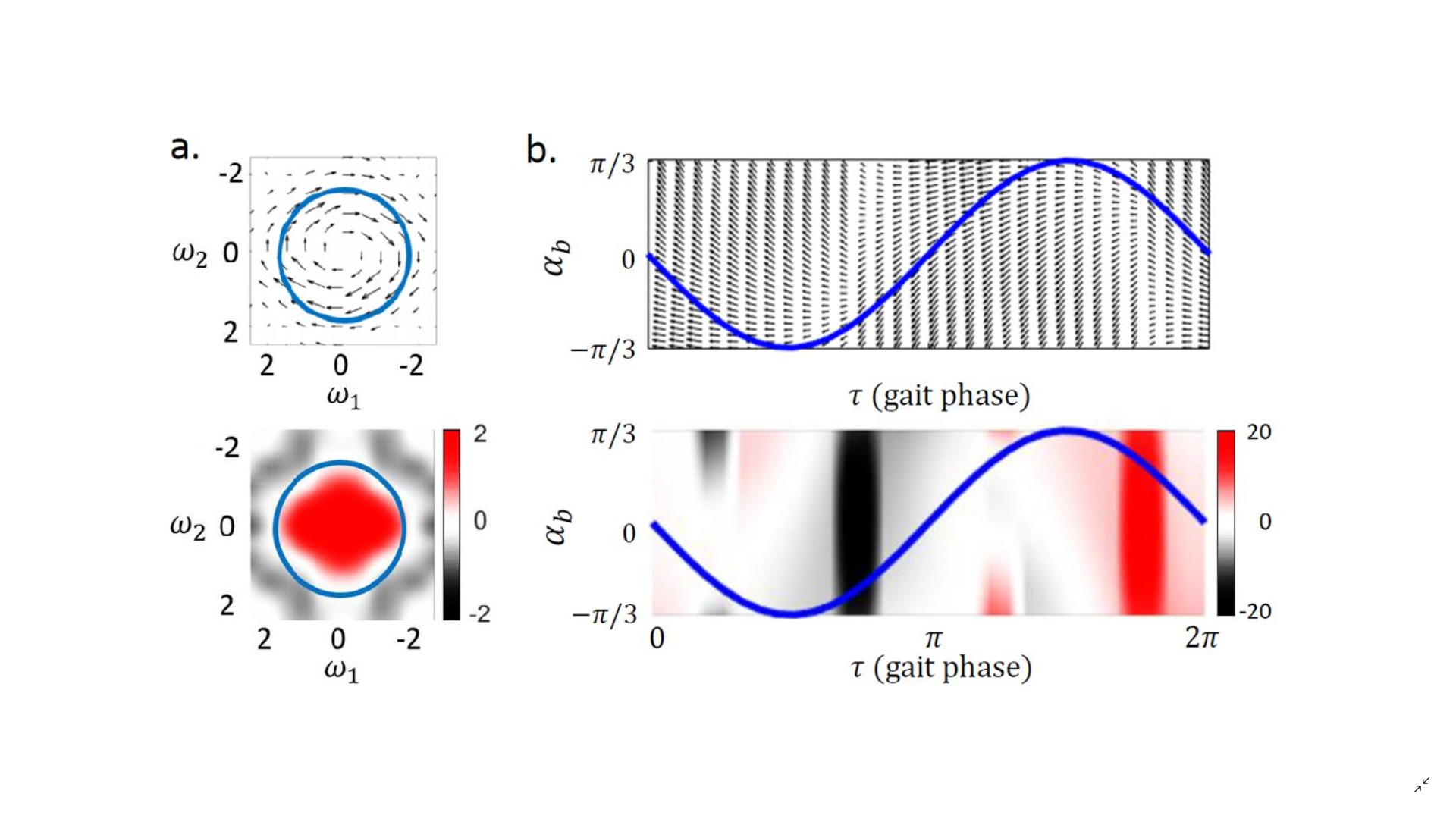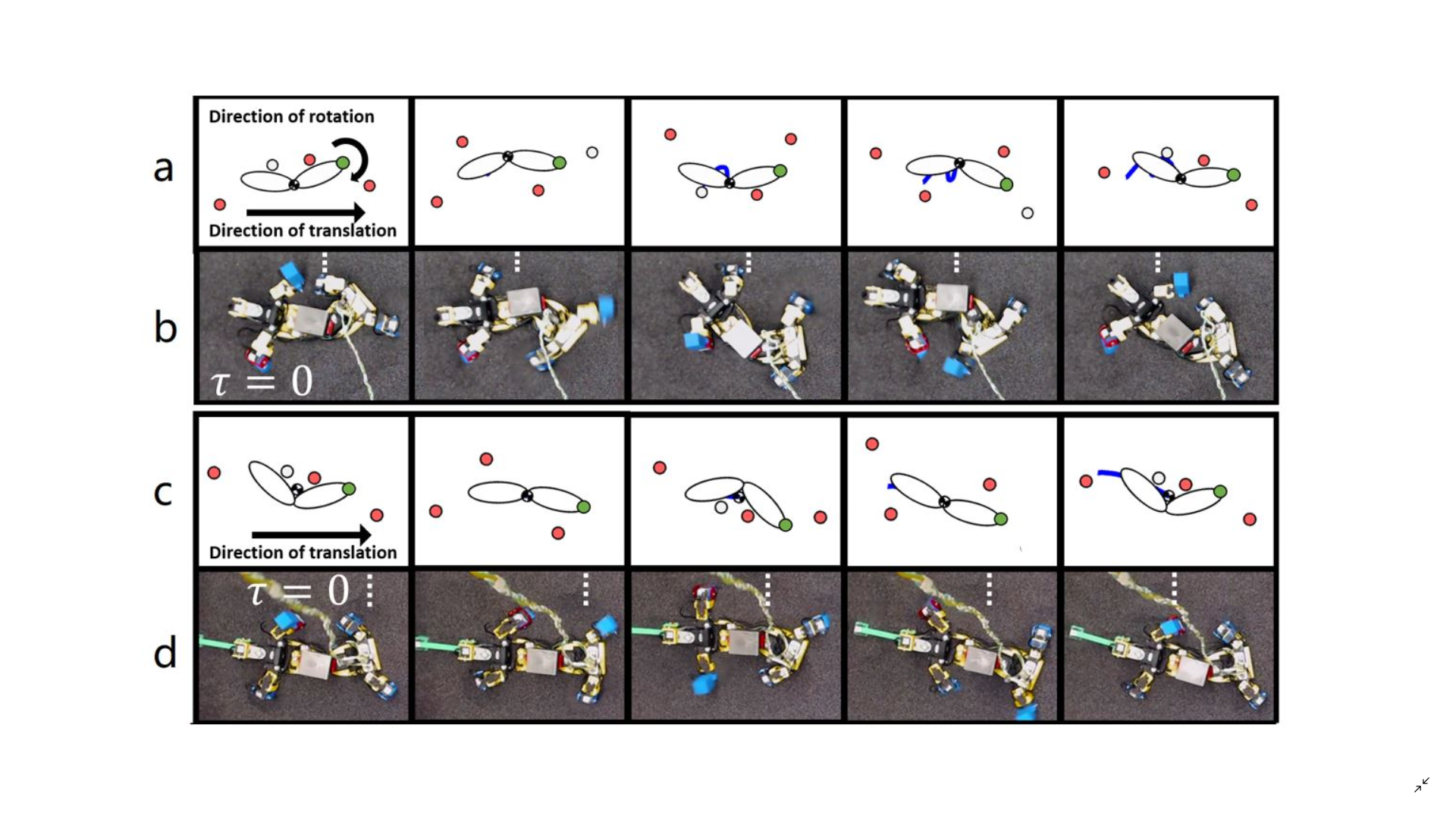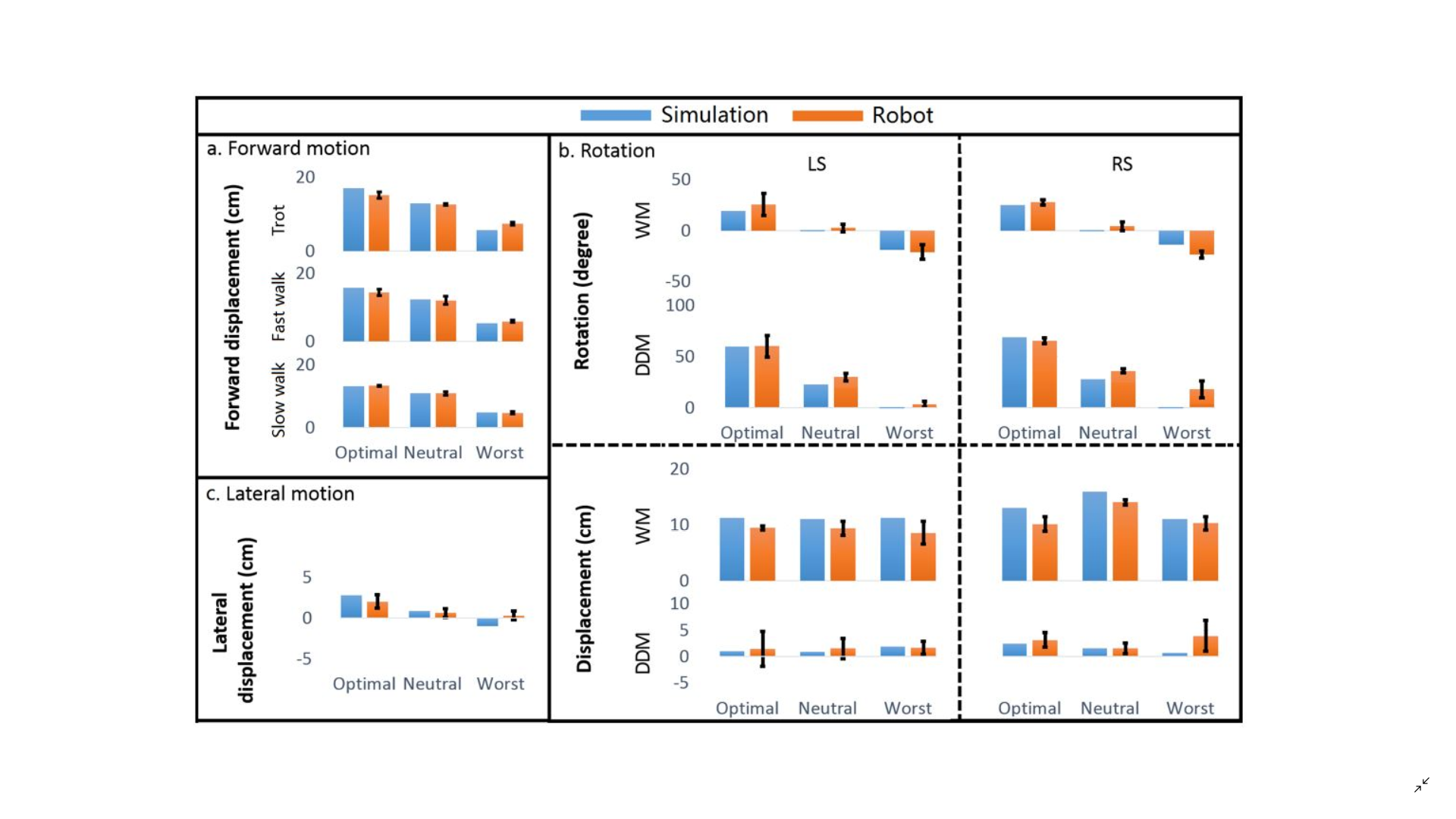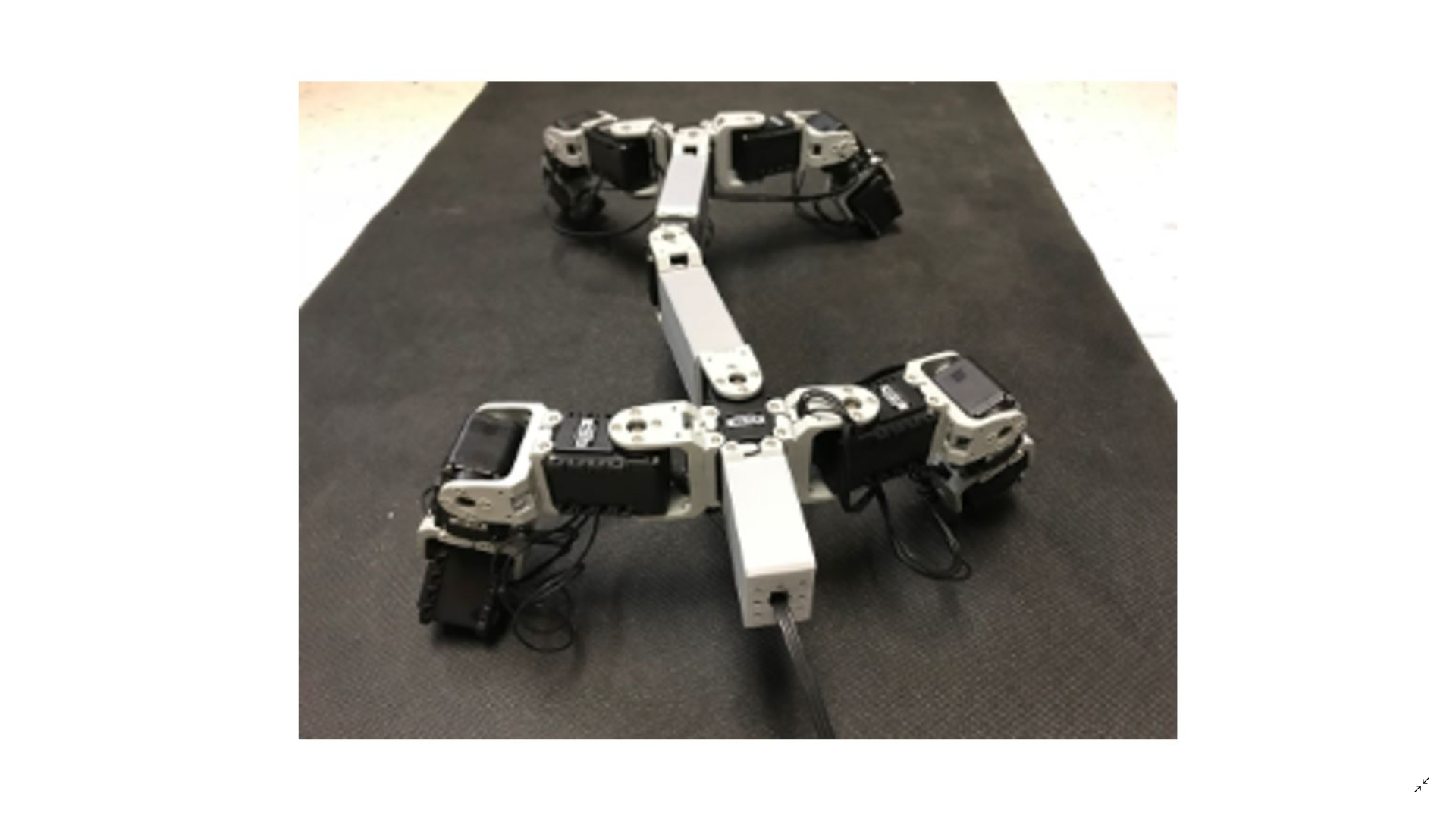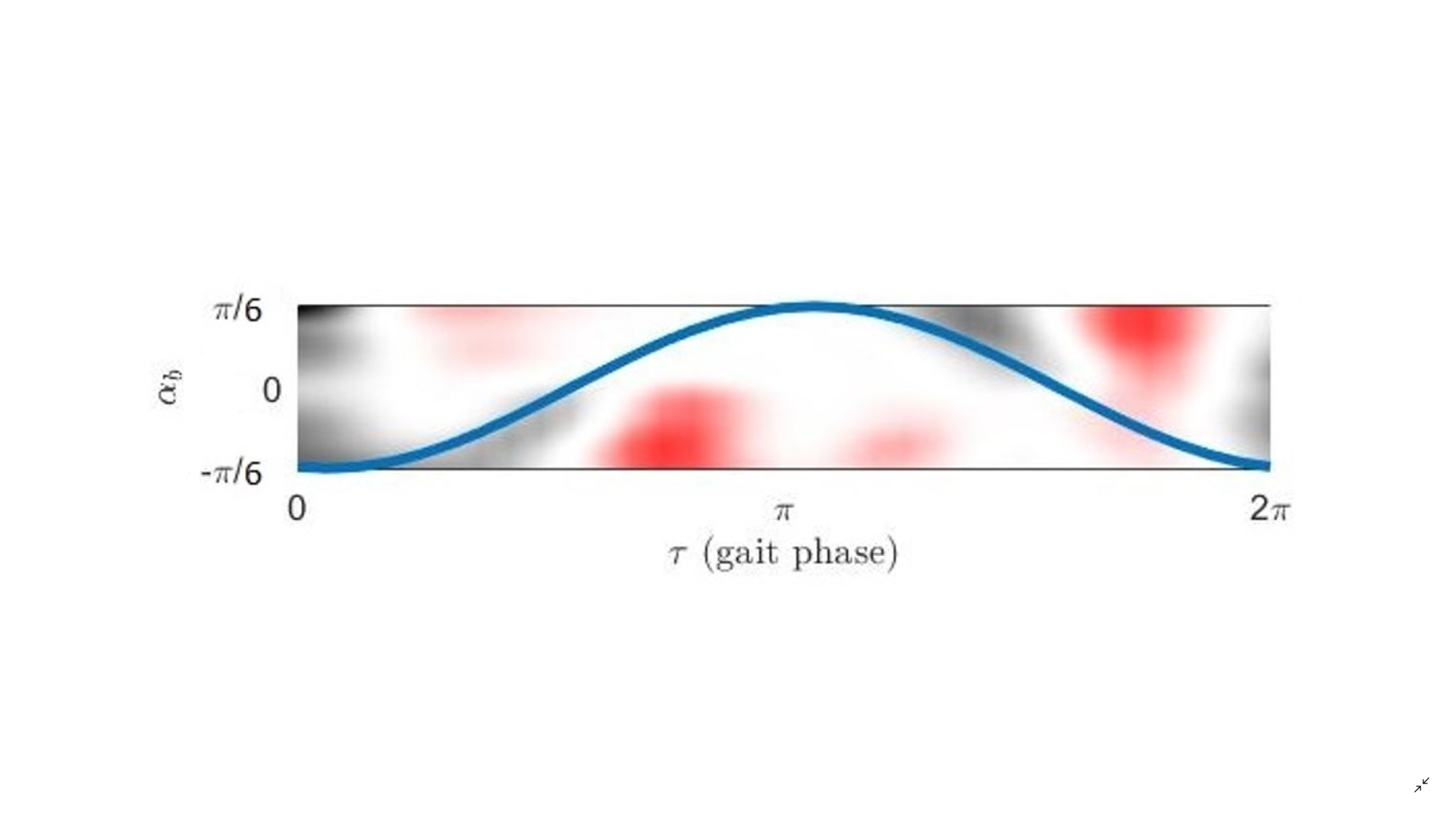Comprehensive Swing Leg Motion Predictor for Steady and Transient Walking Conditions
Data-driven methods based on neural networks
are becoming more widespread for predicting human lower-limb motion. Until now, however, actual examples have focused
on only a handful, steady locomotion behaviors. Here we explore
if neural network predictors can simultaneously cover many
more behaviors including transient ones. Training four common
types of predictor networks on a large data set of human gait,
we find that they all accommodate these behaviors similarly
well, maintaining prediction errors of a few centimeters (lower-limb joint positions) and degrees (joint angles) when tested
on data of previously seen subjects. We further observe that
although the prediction quality drops for data of unseen
subjects, overall, the predicted and actual lower-limb motions
remain well aligned. While the predictors demonstrated here
cover the largest range of locomotion behaviors reported to
date, we achieve this improvement not by better network design
but simply by training on more data. This outcome clearly
supports the notion that the fastest route to obtain truly general
network predictors of lower-limb motion is by focusing time
and effort on the rapid growth and sharing of data sets of
locomotion behaviors encountered in daily life.







